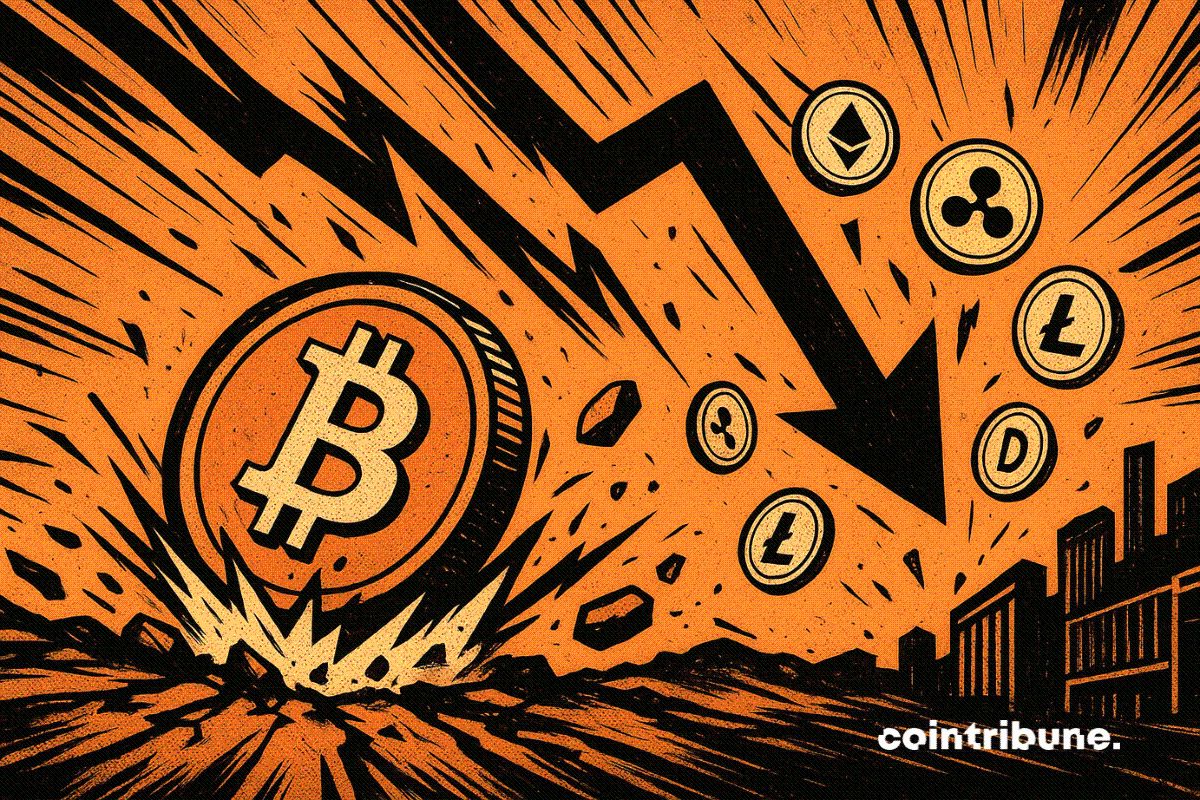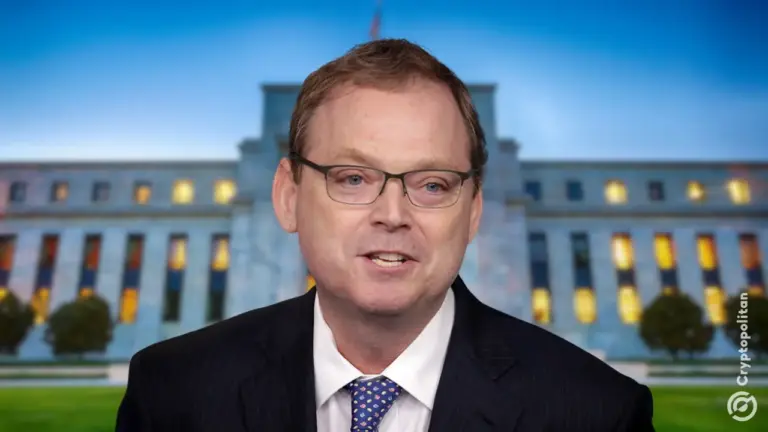Arthur Hayes, former CEO of BitMEX, argues that there are significant risks in financing the rising public debt in the United States, with the current bond market lacking sufficient buyers. He points out that the US Treasury plans to sell nearly $5 trillion in bonds this year, yet keeping the 10-year bond yields below 5% might prove challenging. According to Hayes, financial instability could arise if a new liquidity source is not found.
Stablecoins by Banks and Their Liquidity Impact
Hayes advocates that stablecoins issued by banks could inject a substantial amount of new liquidity into the bond market. He suggests that large, traditionally stable banks could reintroduce idle deposits into the economy by issuing stablecoins. Within this framework, Hayes proposes that a sum of $6.8 trillion could potentially be reassigned to bonds.
Hayes believes banks can utilize stablecoins to reuse savings within the traditional system, significantly bolstering the bond market. Through this mechanism, existing deposits could be converted into stablecoins and directed toward debt instruments, resulting in the emergence of trillions of dollars’ worth of new liquidity.
Moreover, Hayes posits that employing stablecoins could enhance customer experiences and substantially reduce banks’ compliance and operational costs. He claims that approximately $20 billion in costs could be eliminated, offering banks more flexibility to purchase bonds.
Banks Take Center Stage over Fintech Firms
Hayes asserts that stablecoins will primarily be used by banks, facilitated by regulatory arrangements, and that the main agenda is not financial freedom or inclusion. Instead, he explains that the core objective is to inject vast amounts of liquidity into the system to support the bond and capital markets.
He argues that the real stablecoin strategy provides substantial liquidity to big banks under the guise of “innovation,” financing debts differently rather than promoting financial independence.
Hayes highlights that the government assigns a new role to large banks in this process, with stablecoins potentially having a revitalizing effect on the bond market. He emphasizes that the move focuses on liquidity enhancement rather than traditional idealistic expectations.
Hayes advises investors to consider investing in Bitcoin $109,117 or shares of large banks instead of focusing on startups issuing stablecoins. His view suggests that traditional financial institutions might dominate the stablecoin market in the future.
Diverse opinions emerge concerning regulatory changes and potential market consequences, with concerns over US public debt and bond market structure potentially altering domestic and international financial strategies. The realization of stablecoin cost and liquidity advantages remains under close watch.
Given the global financial system’s fragility and the increasing US debt load, the potential impact of bank-backed stablecoin solutions garners significant attention. Experts are carefully evaluating how functional stablecoin-based models may be in the bond market and whether they can maintain financial stability. Regulatory processes will be a decisive factor in how banks navigate this space, with the integration between traditional and digital finance’s liquidity effects being monitored over the medium term.




